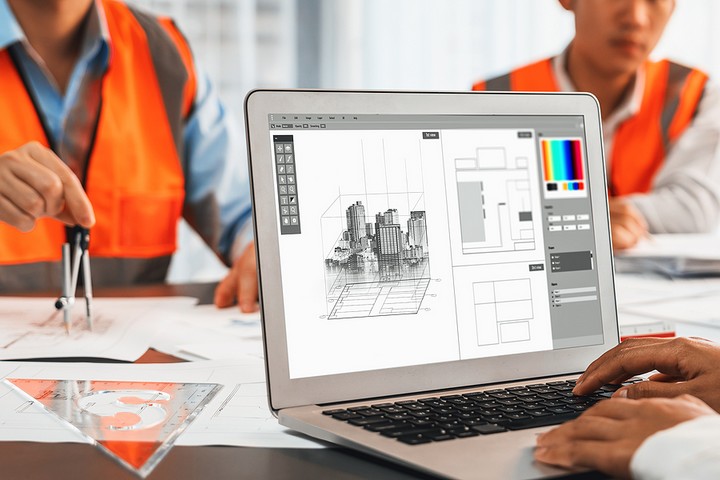Future of CAD Design: 7 Emerging Industry Trends
Gone are the days when numerical control mechanism was used to stimulate the movement of structures and their development. The computer-aided design (CAD) technology has helped designers to develop designs and models that are more accurate than ever. The CAD journey has come a long way since the early 1960s and is still changing the products being designed.
Sketchpad was the first drawing software that was first developed in the year 1960, and later the, 2D designs came. But people could not see the potential in this software, and a smaller number had the resources to invest in them, which is why its ability to be known by many people was very slow.
However, the systems now allow people to stimulate manufacturing and design products. Here is a rundown that will discuss the future of CAD design and its impact on product design.
1. Automated Design

Design automation is one of the biggest trends in these years. It helps to improve your work and, at the same time, you escape 3D modelling problems. So many companies have now embraced and introduced AI into their systems. People are now familiarizing themselves with this tool, and it will be even more popular in the future.
Automation is the future of design. New and quality control features will be created, improving the work and products of the company. Thus, people will not spend so many days just to generate designs. Rather, hundred-plus designs will be generated within a couple of hours.
2. Customization of Products

If you want to choose your modelling software, you must specialize in the one you will choose. For example, it can be software dedicated to jewelry or anything else. But the most important thing here is personalization.
Time waits for no man, as they say. 3D solutions are being developed every day, and soon enough, people will have access to it and practice in the future. And as more users experience this aspect on the internet, the difference between the users’ choice of the brand will be dictated by the level of customization.
3. Virtual Reality and Augmented Reality (VR&AR)

VR and AR have already increased the pace of innovation. Say bye to the guesswork of the design process. VR and AR have become even more popular because of their visibility advantage. This model allows you to view different angles and goes a step ahead to show you how the product will look physically compared to the traditional CAD software.
4. Input and Output Devices
When someone starts thinking of a computer, you start thinking about mice and keyboards. This is correct. Though CAD has always used the same technology, some advancements are being made.
Instead of mice and keyboards, hands will mould different shapes by moving your hand as if you are holding the objects. The most amazing part of this development is that metal sheets will be able to be bent without the use of any force as you view the process.
5. Personalization Ability or Strong Specialization
3D software can fit the users’ needs. There are a lot of them that are dedicated to performing specific needs. For example, some are in the sector of cinema, jewelry, electronics or even architecture. 3D software interests many companies because they have tools designed to work on a specific project for a specific use.
6. Virtual Prototyping
This is the world that we are heading to. Imagine testing designs even before they are manufactured. How beautiful things will be. Virtual prototyping allows major flows that might happen to the product to be removed, and later the product is manufactured from the CAD model without creating the prototype physically. But this reality is somehow not certain.
Design products are manufactured from the CAD model, brought to a real-life situation, and tested. But as the CAD advances, the virtual prototype will soon succeed, and it will now be the future.
7. 3D Intervention
Any 3D design that the CAD specialist generates must be translated to 2D wireframes when being manufactured before it comes out of the door. The said specialists do not yet understand these 3D designs as they are still being developed specifically for manufacturing. This will take some time and cost before it is completed.
Final Thoughts
Technology is evolving every day of our lives. It is high time that we embrace it as it is here to stay. There are so many advantages of CAD than the disadvantages. There are still so many changes that will come in this technological world. The aim of all this is to improve the user’s work and nothing else, and I hope this article has come in handy to help you know the future of CAD designs.
